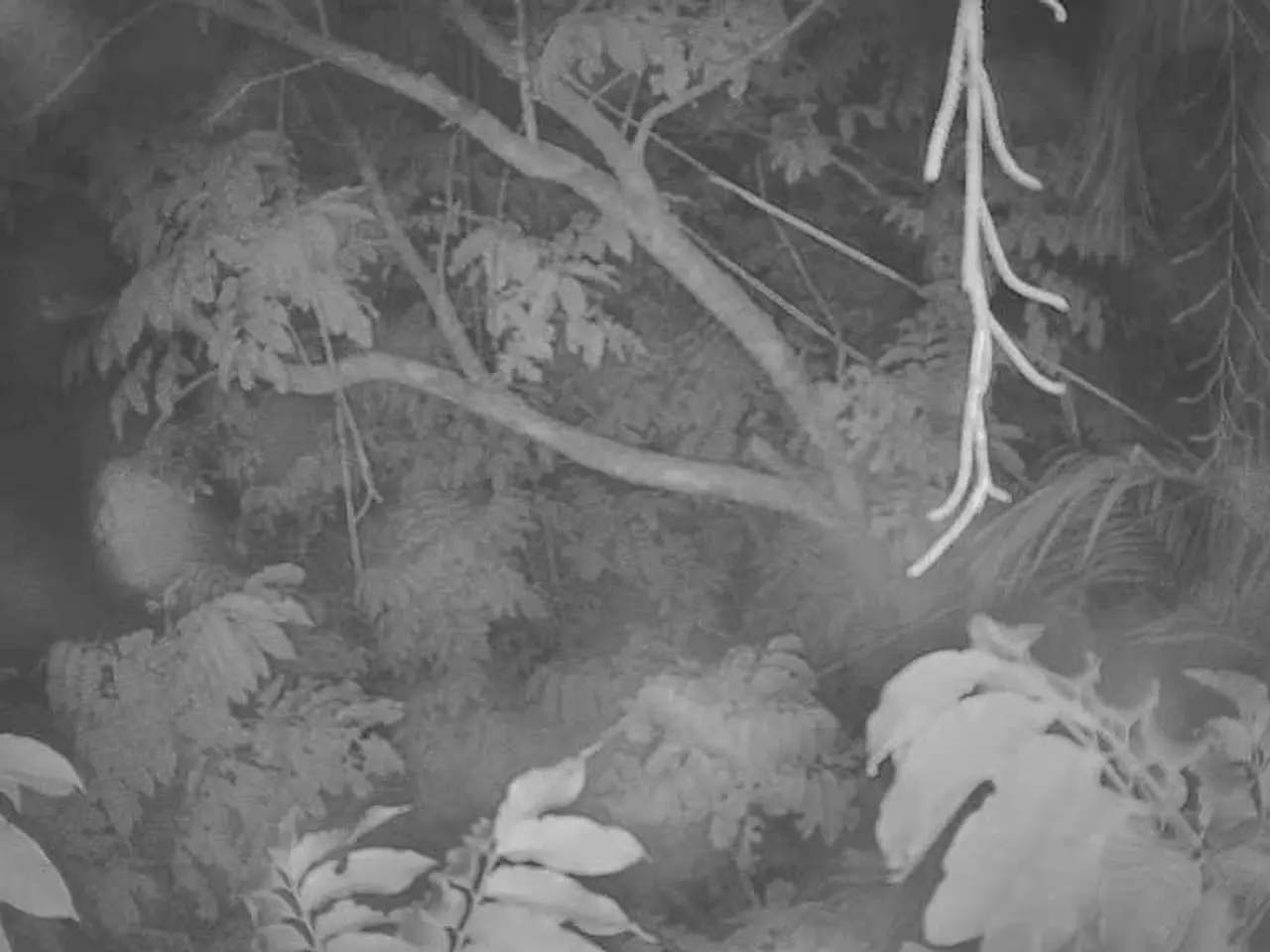Winter Plant Pruning: Expert Advice Affirms the Practice, but Warns of Potential Consequences!
In the quiet of winter, as the garden lies dormant, it's a perfect time for gardeners to tend to their plants with pruning. Pruning during this season invigorates plants with renewed energy for emerging growth in spring.
Roses, hydrangeas, lilacs, and other summer-flowering shrubs are among the best plants to prune in January. Deciduous trees should be pruned in late winter when they are dormant. This includes pruning woody plants, such as fruit trees and some fruit bushes, as recommended by Tamara Hogan, a plant expert at Fast-Growing Trees.
Pruning during a plant's dormant phase is beneficial for many deciduous trees and shrubs. It minimizes stress, allows for better shape identification, promotes air circulation, and aids in disease prevention. It also encourages new growth for spring.
However, it's important to remember that young plants should avoid pruning during their active growing seasons. Pruning more than 30% of a plant's canopy at once is not recommended. It's better to prune when the plant needs it, not just because tools are available.
Pruning mistakes can occur when being overzealous during winter pruning. Plants like Forsythia should be pruned after blooming in spring, not in winter. It's also important to avoid pruning plants that flower on new wood in late fall, as new cuts might not heal before cold weather comes.
Garden experts recommend winter-hardy plants such as certain palms (e.g., Sabal Minor, Trachycarpus Fortunei) and frost-resistant citrus varieties (e.g., Poncirus trifoliata, Kumquat) for winter care. These plants require protection like mulching or frost covers but generally tolerate low temperatures. More delicate plants or those not frost-hardy should be kept indoors or protected until spring to avoid frost damage.
Lastly, it's crucial to use clean and sharp gardening tools to avoid damaging the plant or spreading diseases. Leaving some growth on plants and trees during winter can provide food for wildlife. Winter pruning is helpful regardless of the region, promoting good shape and size for plants.
Remember, it's always a good idea to research a plant to find if it will benefit from pruning out of dormancy. If unsure about pruning a particular plant, it's recommended to check the requirements of individual plants. Happy pruning!
Read also:
- Peptide YY (PYY): Exploring its Role in Appetite Suppression, Intestinal Health, and Cognitive Links
- Toddler Health: Rotavirus Signs, Origins, and Potential Complications
- Digestive issues and heart discomfort: Root causes and associated health conditions
- House Infernos: Deadly Hazards Surpassing the Flames








